Science News: Recent scientific discoveries and expert analysis
Read the latest science news and recent scientific discoveries on Live Science, where we've been reporting on groundbreaking advances for over 20 years. Our expert editors, writers and contributors are ready to guide you through today's most important breakthroughs in science with expert analysis, in-depth explainers and interesting articles, covering everything from space, technology, health, animals, planet Earth, and much more.

Explainers | Everything you need to know about the science news that matters.

Science Spotlight | Shining a light on new science transforming our world.
Latest news
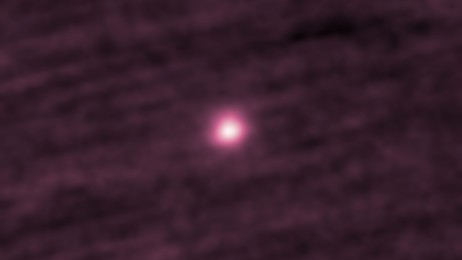
Today's biggest science news: Comet 3I/ATLAS images | U.S. measles surge | Severe flu season
By Ben Turner, Patrick Pester, Tia Ghose, Alexander McNamara last updated
Live blog Thursday, Nov. 20, 2025: Your daily feed of the biggest discoveries and breakthroughs making headlines.

Comet 3I/ATLAS gallery: See NASA's long-awaited images of interstellar visitor
By Patrick Pester published
NASA's treasure trove of new comet 3I/ATLAS images provides hotly anticipated views of the interstellar visitor, including from Mars and the sun.
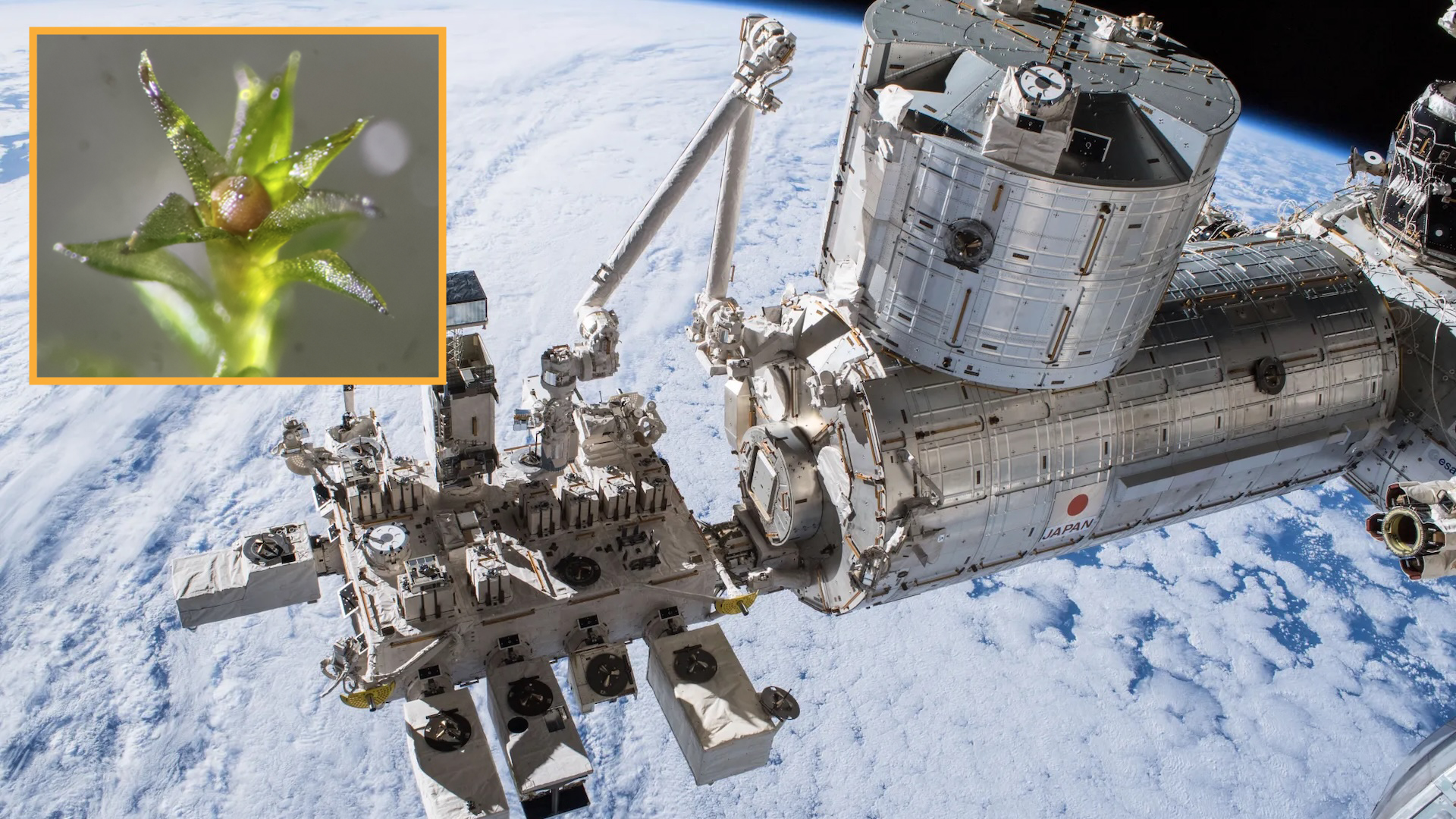
Scientists put moss on the outside of the International Space Station for 9 months — then kept it growing back on Earth
By Mason Wakley published
A species of moss survived for 9 months on the outside of the International Space Station, new research reveals — and 80% of the samples kept reproducing when returned to Earth.
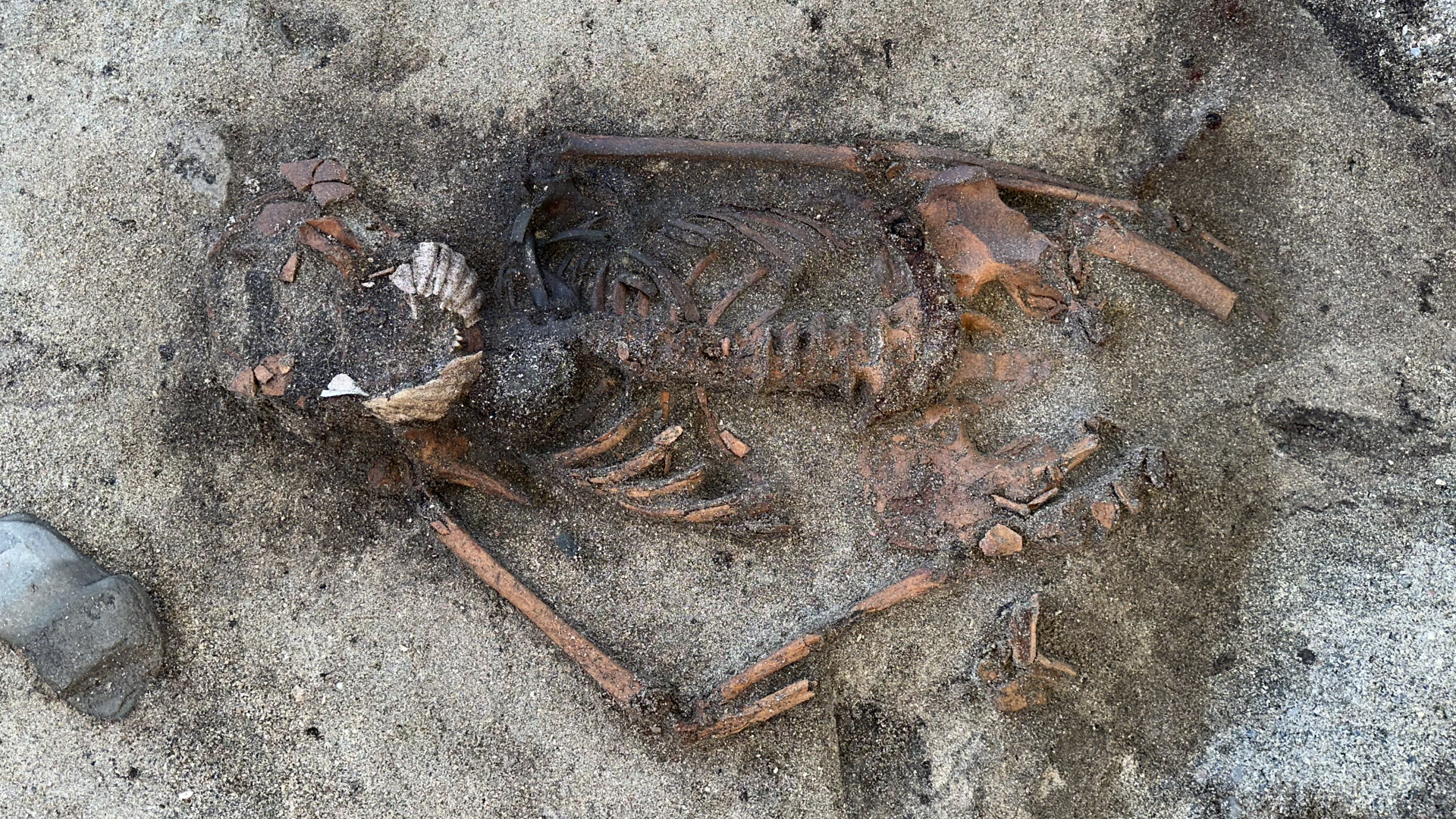
Viking Age woman found buried with scallop shells on her mouth, and archaeologists are mystified
By Kristina Killgrove published
A ninth-century grave discovered in Norway held the remains of a Viking Age woman whose mouth was covered with two large scallop shells.
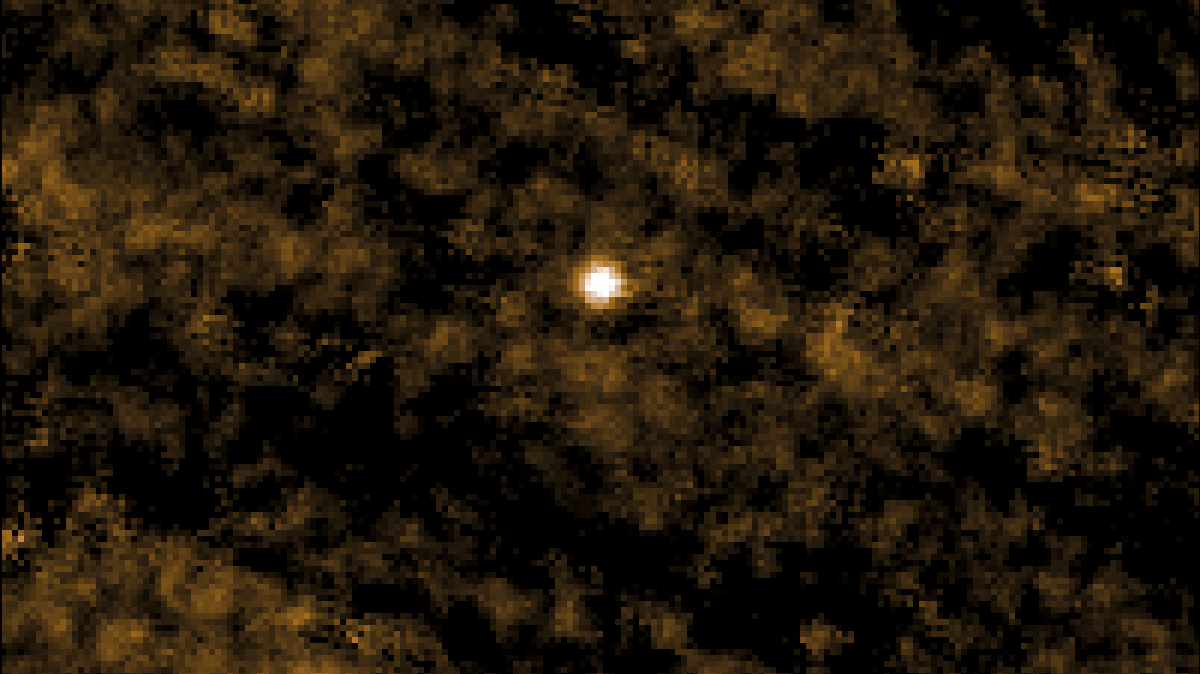
'3I/ATLAS is a comet': NASA finally releases new 3I/ATLAS images and addresses alien rumors
By Patrick Pester published
NASA's highly anticipated comet 3I/ATLAS images have been released, with a space agency official shooting down alien rumors and stressing that the interstellar visitor is a comet.
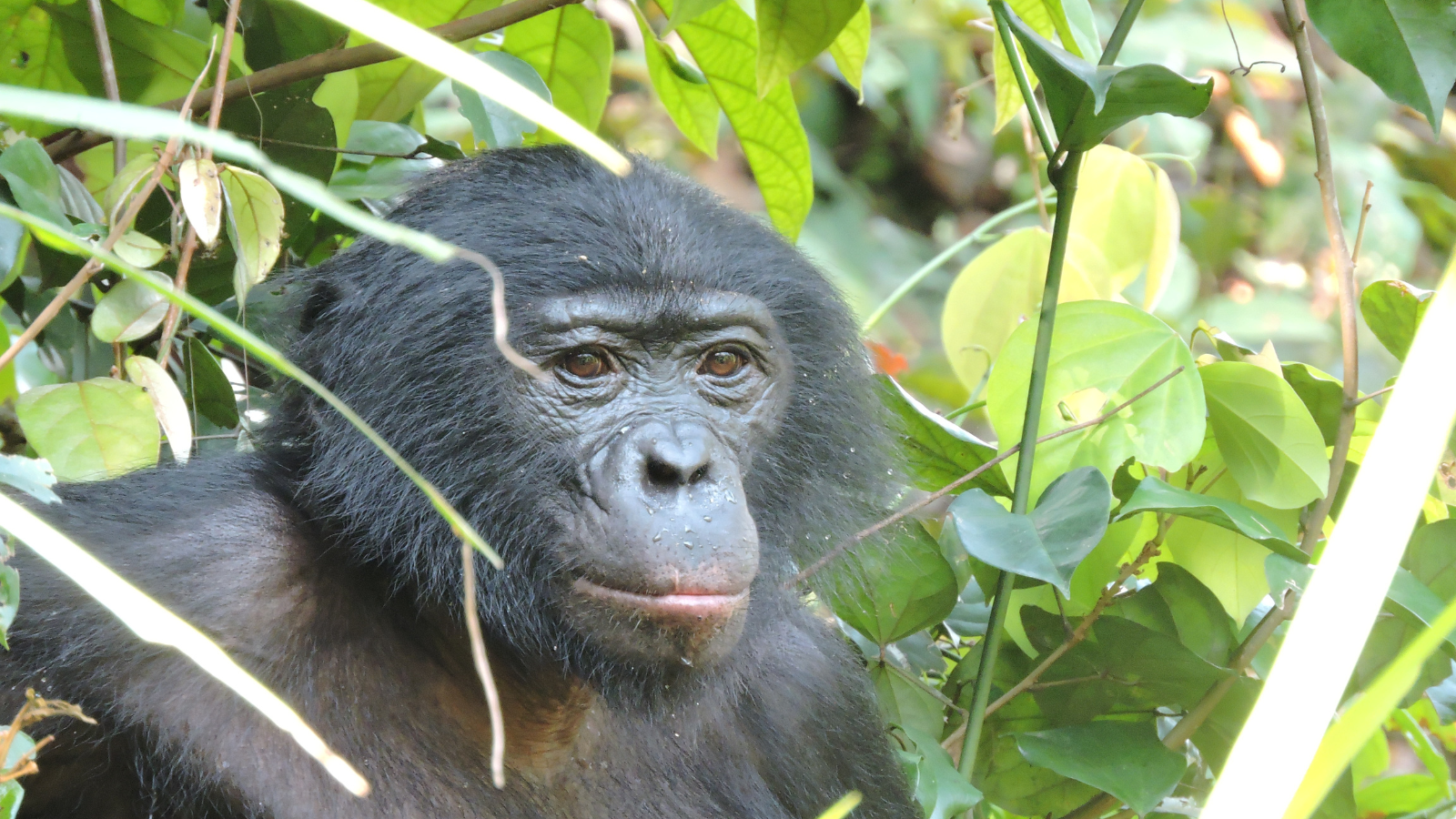
'A forest with bonobos has never been so quiet': Most extreme case of violence in 'hippie' species recorded, with females ganging up on male in unprecedented attack
By Sophie Berdugo published
Female bonobos routinely form coalitions to stamp out threats from males, but the level of violence in this attack was unprecedented.

Death Valley shrub rearranges its insides to thrive in one of the hottest places on Earth
By Sarah Wild published
Heat-loving plants that thrive in California's Death Valley could hold the key to growing crops in a changing climate.
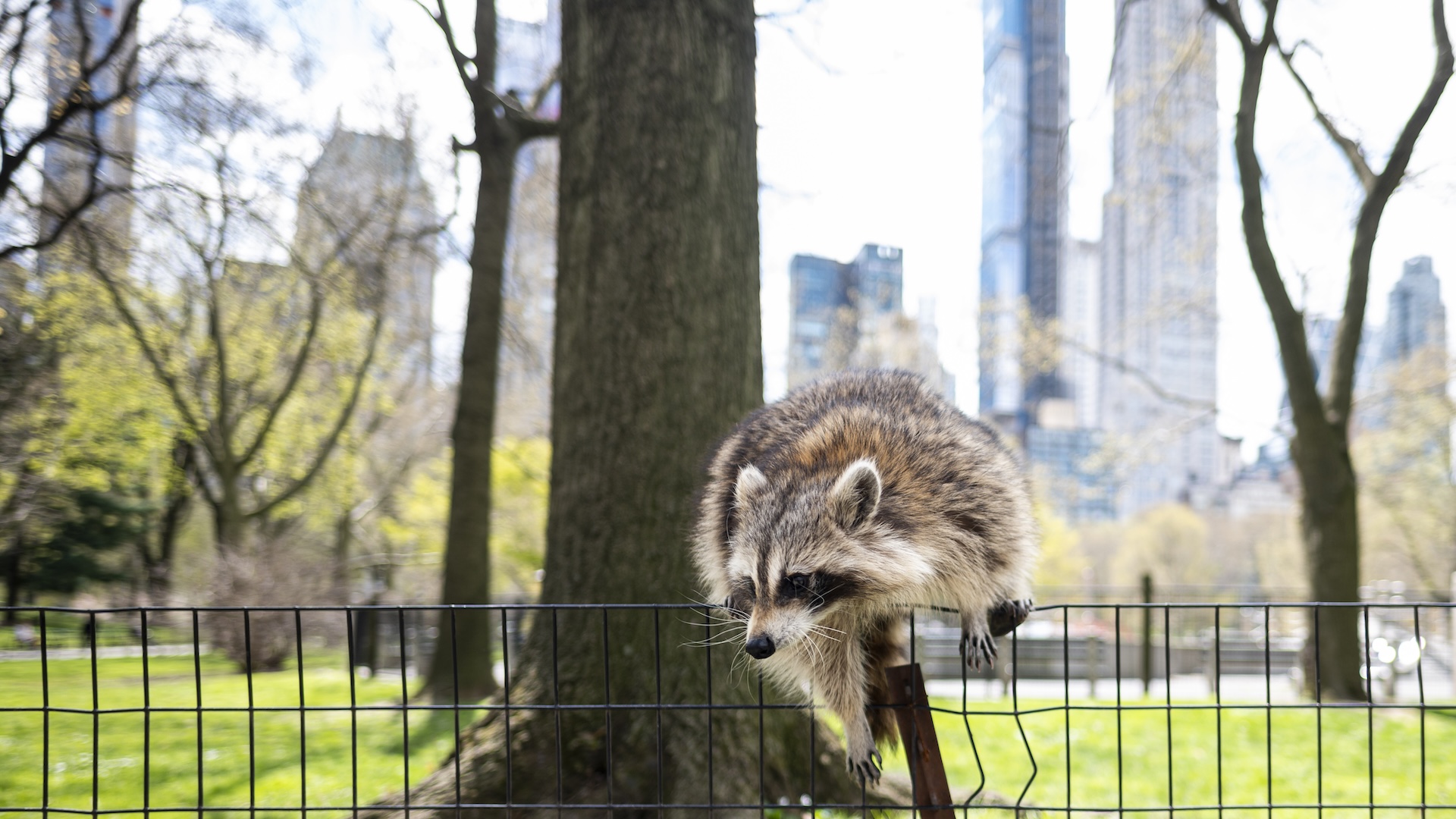
Human trash is 'kick-starting' the domestication of city-dwelling raccoons, study suggests
By Skyler Ware published
Raccoons that live near humans had shorter snouts than rural raccoons, a trait that tends to arise in the early stages of domestication.

US could lose its measles elimination status within months, experts say
By Stephanie Pappas published
With 45 outbreaks of measles over the past year, the United States is at risk of endemic spread within months, experts told Live Science.
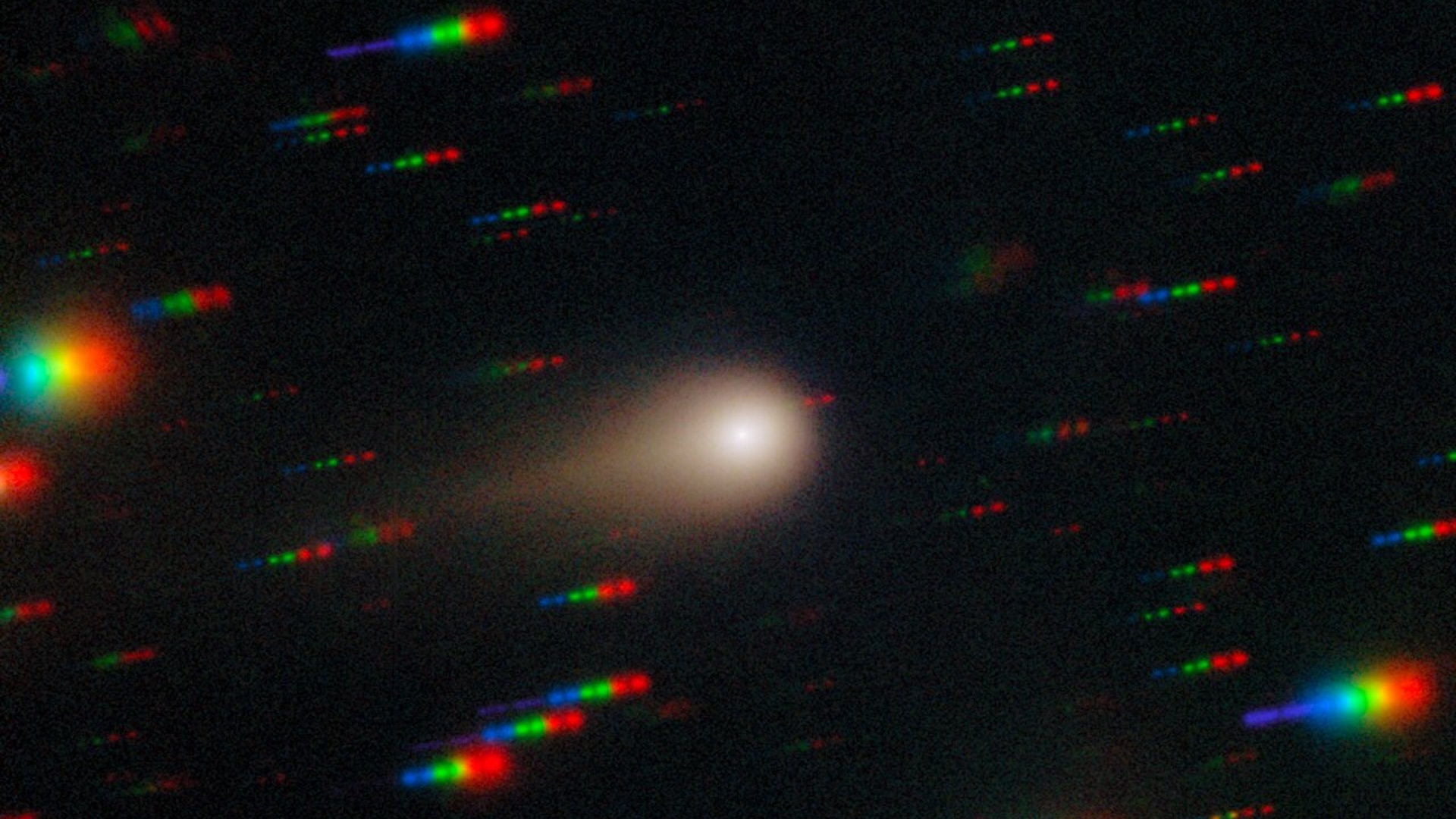
Watch live: New images of comet 3I/ATLAS revealed by NASA today (Nov. 19)
By Brandon Specktor last updated
NASA will finally share long-awaited images of interstellar object 3I/ATLAS taken during the comet's close flyby of Mars. A live stream has been set for today (Nov. 19).

Kissing goes back 21 million years, to the common ancestor of humans and other large apes, study finds
By Clarissa Brincat published
Scientists traced kissing back to a primate ancestor that lived around 21 million years ago.
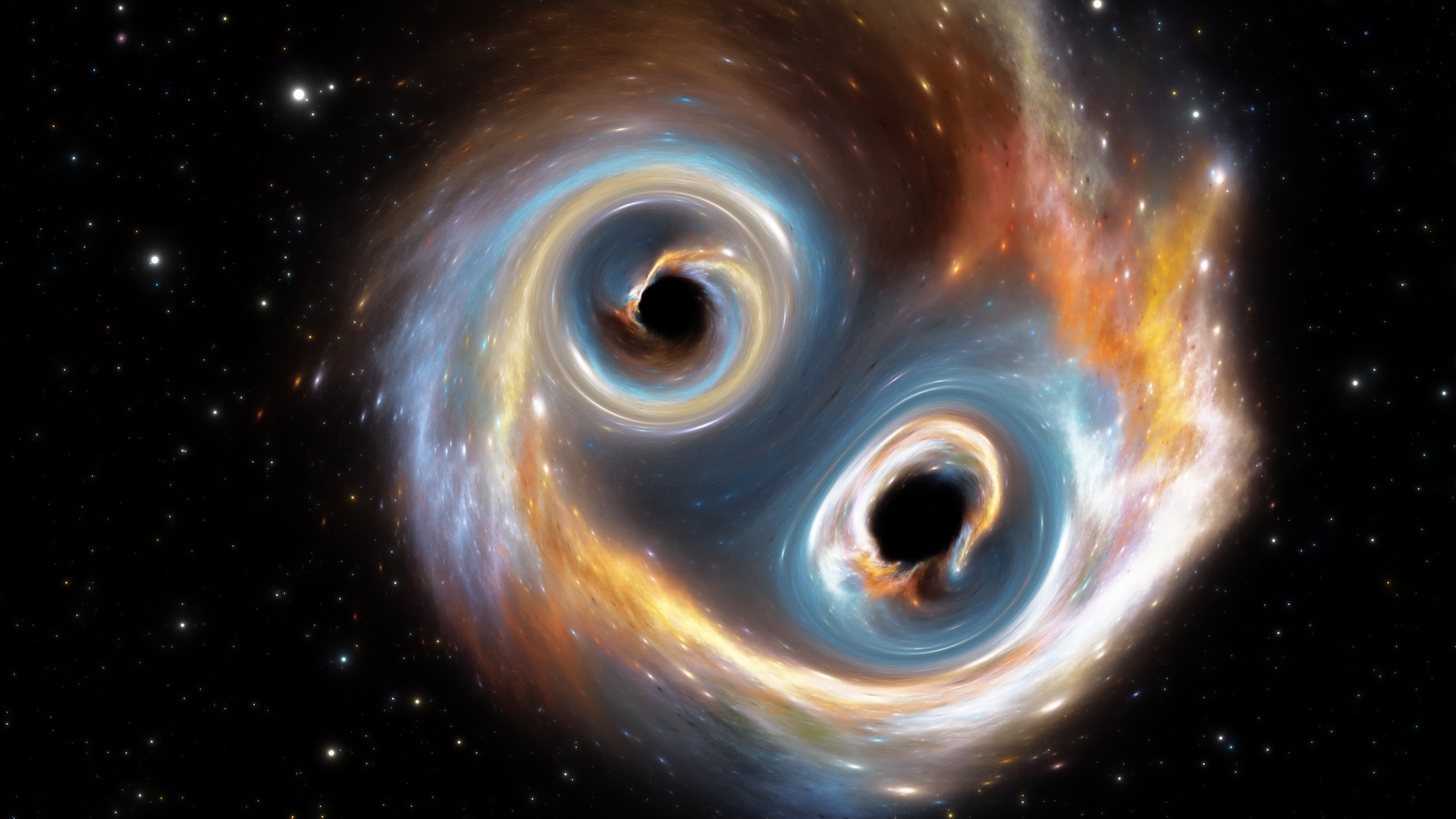
Record-breaking black hole collision finally explained
By Andrey Feldman published
In 2023, scientists detected the gravitational waves from a black hole collision that seemed impossible. New research finally explains how this "forbidden" black hole came to be, and what it can teach us about these extreme objects.

Sunken city discovered in Kyrgyzstan lake was a medieval hotspot on the Silk Road — until an earthquake wiped it out
By Tom Metcalfe published
Archaeologists in Kyrgyzstan have discovered the remains of a drowned medieval city that was once a Silk Road hotspot.

CTE may stem from rampant inflammation and DNA damage
By Larissa G. Capella published
New research shows that CTE may stem from DNA damage and inflammation set in motion by blows to the head.

Secretive SpaceX satellites operated by US government are shooting disruptive radio signals into space, astronomer accidentally discovers
By Harry Baker published
An amateur astronomer has accidentally uncovered a series of puzzling radio signals coming from SpaceX's government-operated "Starshield" network. The signals overlap with protected frequencies and could disrupt other nearby spacecraft, experts warn.
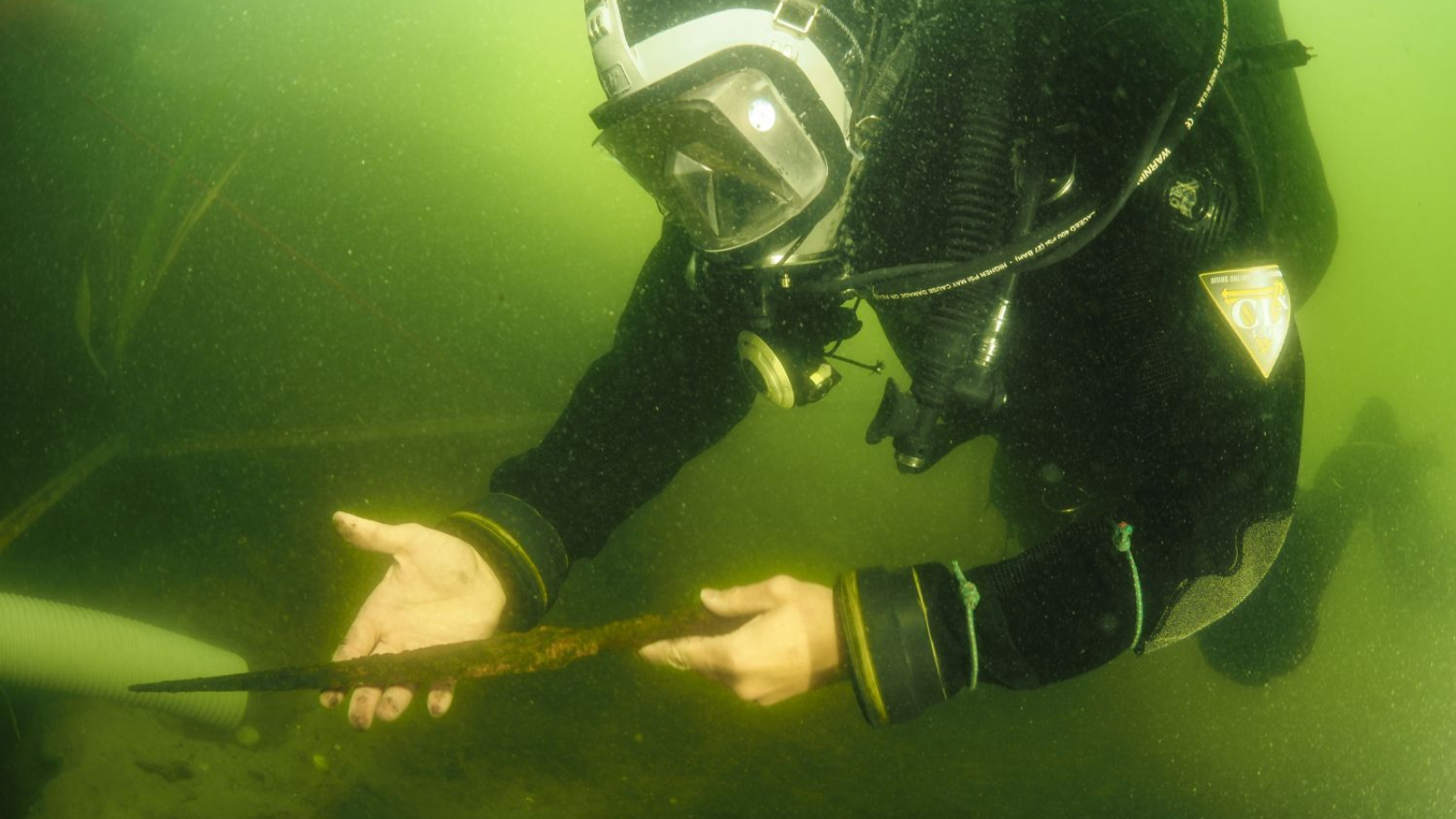
Medieval spear pulled from Polish lake may have belonged to prince or nobleman
By Owen Jarus published
Four medieval spearheads have been found in Lake Lednica in Poland. One may have belonged to a nobleman or prince.
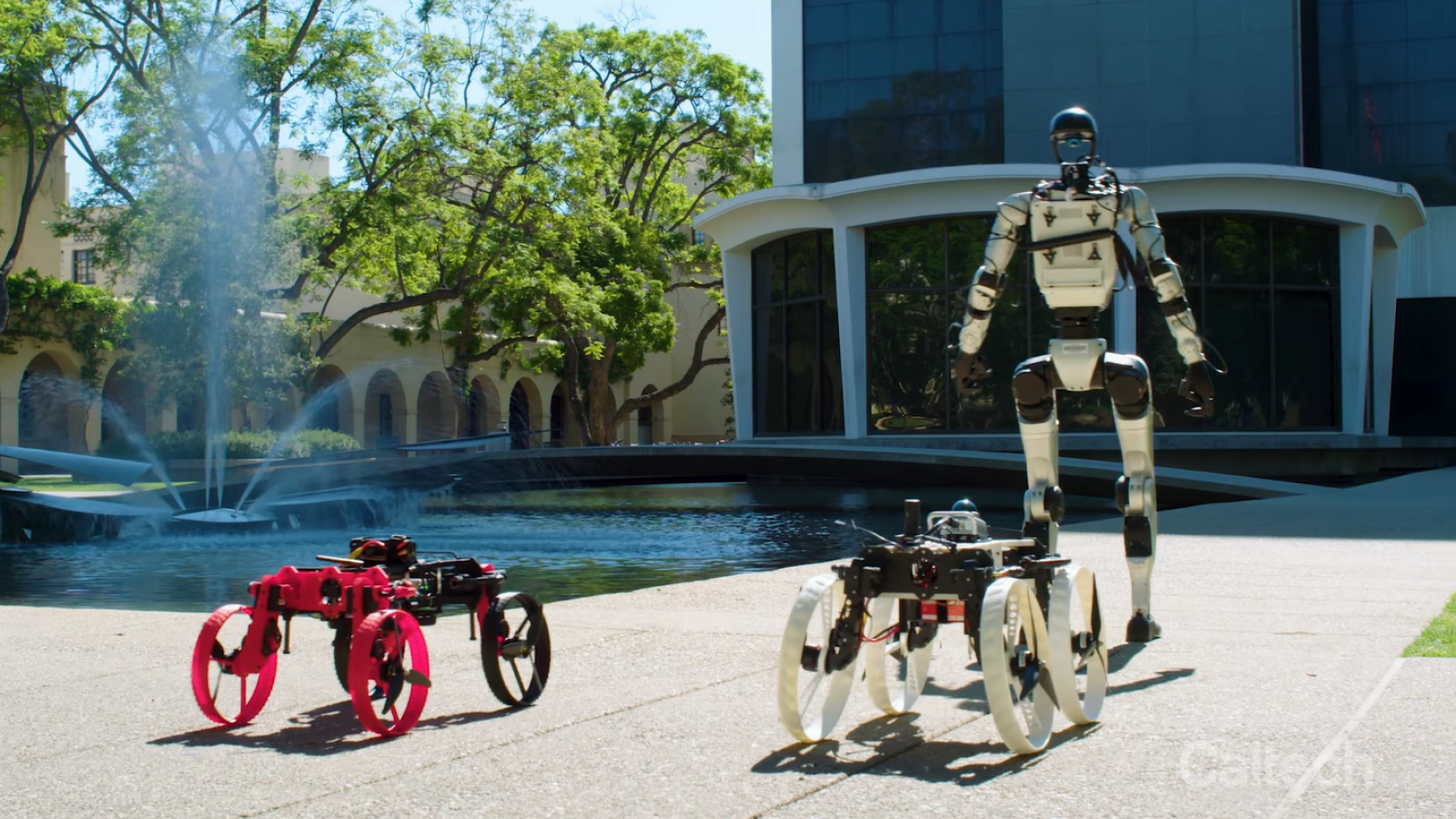
New 'Transformer' humanoid robot can launch a shapeshifting drone off its back — watch it in action
By Bobby Hellard published
Developed at Caltech, a new robot is a humanoid that can launch an M4 drone, switching between different modes of motion, with wheels that can become rotors.
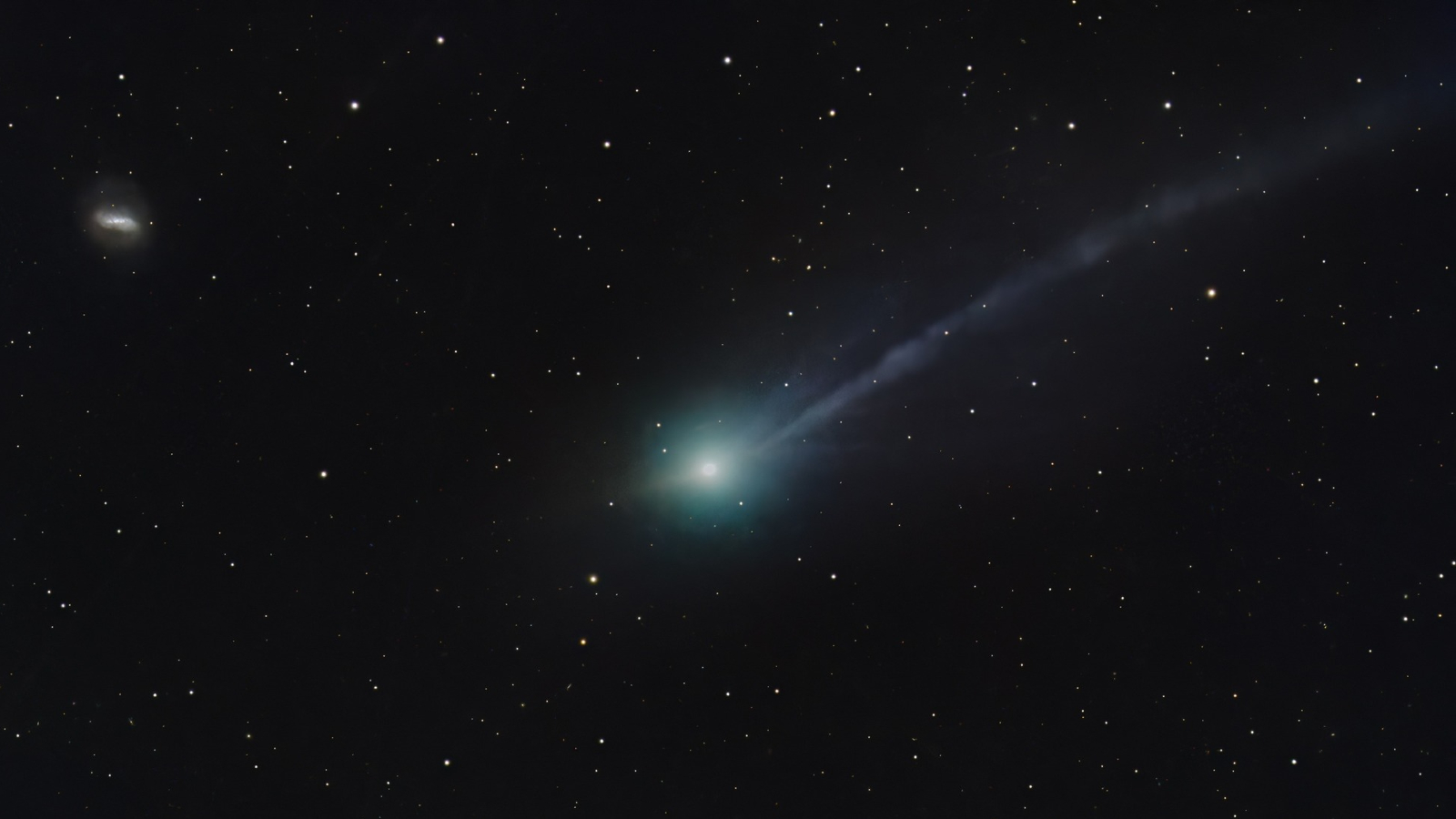
'From another world': 3I/ATLAS photobombs a galaxy and shows off its multiple tails in stunning new image
By Harry Baker published
An incredible new image shows the multi-tailed alien comet 3I/ATLAS shooting past a distant galaxy in the night sky. The stunning scene is a reminder of the object's perfectly natural interstellar origins, photographer Satoru Murata claims.

'Sophisticated' Bronze Age city unearthed in Kazakhstan 'transforms our understanding of steppe societies'
By Skyler Ware published
Archaeologists in Kazakhstan have discovered the "City of Seven Ravines," a vast Bronze Age "proto-city" with metalworking, dwellings and a large building.
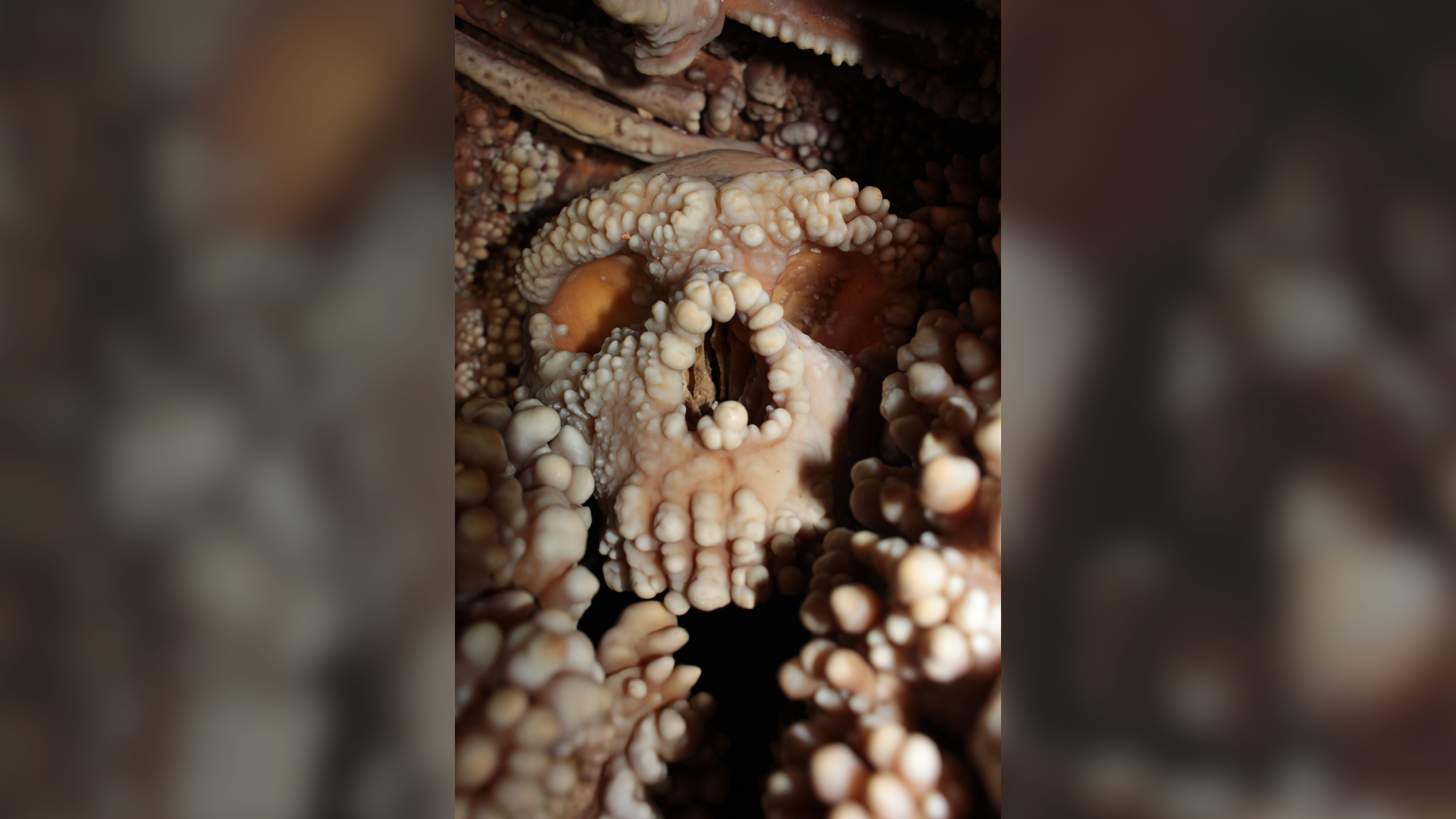
'Perfectly preserved' Neanderthal skull bones suggest their noses didn't evolve to warm air
By Kristina Killgrove published
An analysis of the only intact Neanderthal inner nose bones known to exist reveals that our ancient cousins' enormous noses did not evolve to withstand harsh climates.
Get the world’s most fascinating discoveries delivered straight to your inbox.
